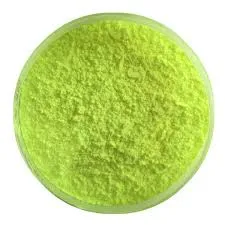

Trustworthiness in water treatment methods cannot be overstated, and PAM exemplifies this through its safety and sustainability profile. When used within recommended parameters, PAM is non-toxic and does not pose substantial risks to human health or aquatic life. Its credibility is enhanced by its biodegradability; over time, PAM breaks down into carbon dioxide, water, and ammonia, leaving minimal environmental footprints. This property makes PAM a favorable choice for companies committed to sustainability and eco-friendly operations. Given the escalating global water scarcity and pollution challenges, PAM’s role is forecasted to expand significantly. Innovations in polymer chemistry are poised to introduce even more refined versions of PAM, potentially with enhanced capabilities such as faster flocculation rates or reduced dosage requirements. Such advancements promise to elevate the standard and sustainable practices in water treatment further. Industrial entities employing PAM for water treatment can expect improvements not only in operational efficiency but also in cost-effectiveness. By optimizing water clarity and purity, industries can reduce wear and tear on machinery, minimize scaling and fouling on systems, and ultimately cut down on maintenance and operational costs. Moreover, compliance with water quality standards often leads to fewer regulatory issues and potential fines, fostering smoother business operations. In summary, Polyacrylamide’s application in water treatment is a testament to its transformative power in addressing one of the most critical environmental challenges of our time. With its proven effectiveness, adaptability, and sustainability credentials, PAM not only meets contemporary water treatment needs but also paves the way for innovative solutions critical to future environmental stewardship. For industries looking to align with robust, efficient, and eco-conscious water treatment methodologies, PAM stands out as a leader in bridging performance with responsibility.

